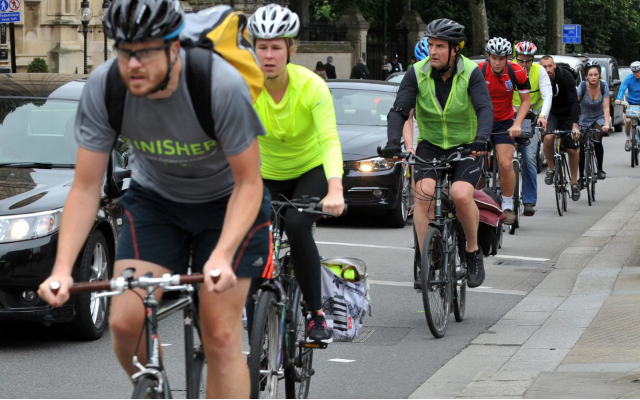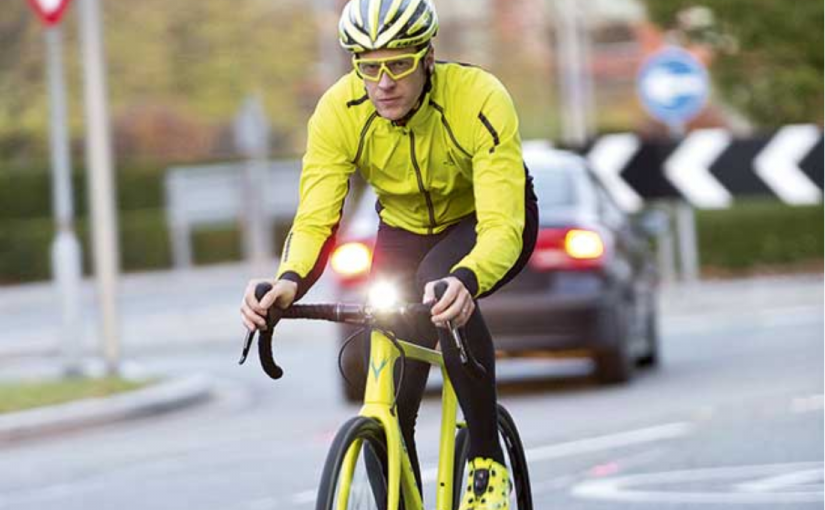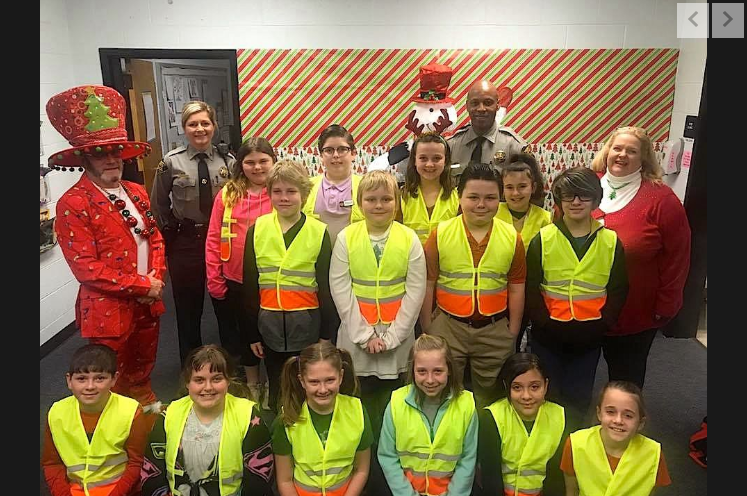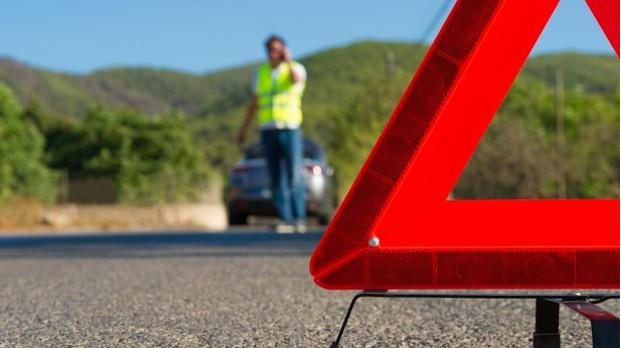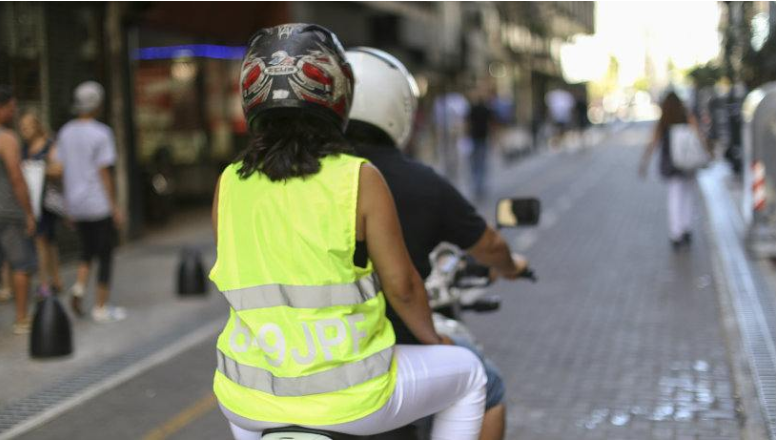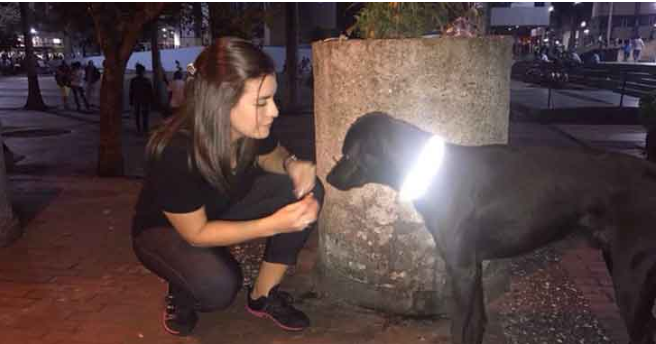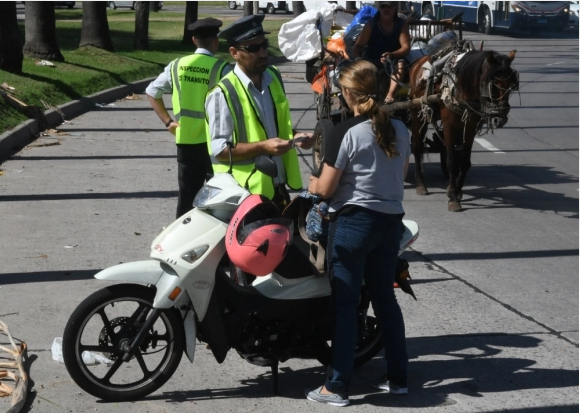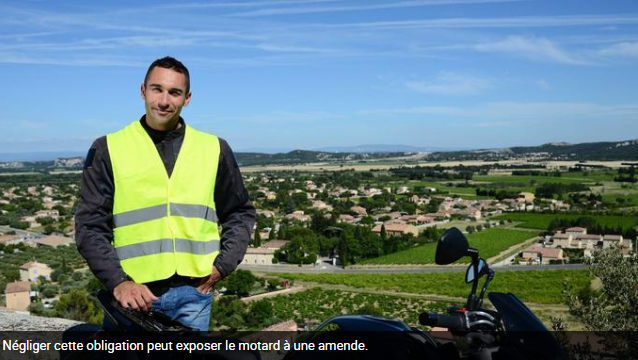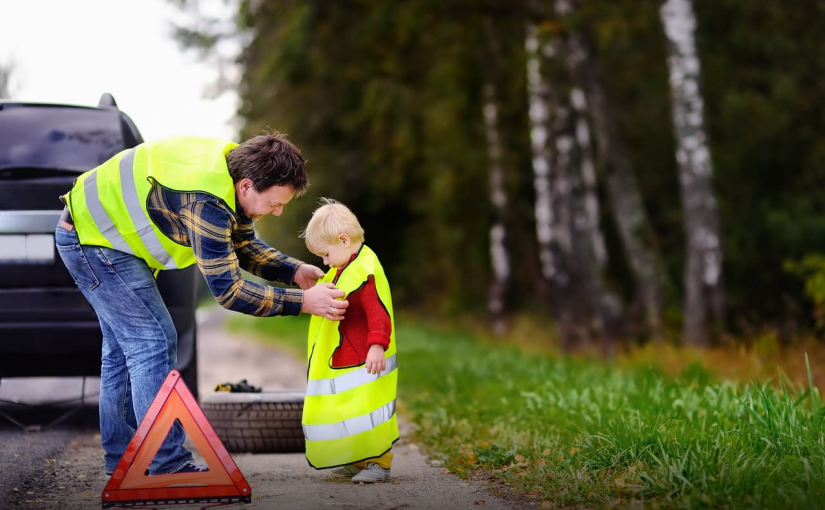Every driver must be prepared to know how to act in the event of a possible accident or a breakdown that forces them to stop on the road. Batteries, tires and engine failures, the main reasons why drivers needed assistance, according to the Directorate General of Traffic (DGT). A few situations that make many cars an obstacle for the rest of the road users, so a car parked on the road must always be signaled in the fastest possible way.
For this action to be carried out without endangering the safety of the occupants of the stopped vehicle and to be carried out appropriately, our car must be well marked when it is standing on the edge of the road for our safety and that of the rest of the traffic. This is especially important, especially when we suffer the breakdown at night.
The law requires that we all carry in the car two emergency triangles and a high visibility vest and turn on the “warning”, or flashing lights, but any help is too small to warn the rest that we are on the edge of the road, or even occupying part of it when the shoulder is too narrow or we could not move the car due to the breakdown.
They emphasize that the triangles must be placed in view and far enough away to be useful. It is useless to place them near the car because a car is bigger than the triangle and it looks better. The triangles must be placed at least 50 m before the problem so that the other drivers move with caution before reaching our side and, in the case that we have been standing at the exit of a curve, they must be in a straight section. before this to be effective.
If the damage we suffer at night it is even more important to make ourselves visible. Legally we are only obliged to use the triangles and the vest, but the more we make ourselves see, the better. In the market several devices will help us to be more visible, one of the most recent is known as Help Flash. It is a torch with the shape of a spherical cap that emits light in all directions. It has magnetic support, which when attached to the body of the car adheres and automatically turns on, and two functions:
Demons of orange light: is the presence alert function. It is very striking because being LED gives very fast flashes.
Light lamp: it illuminates us and it is practical to see the screws when we change a wheel since it sticks magnetically and leaves our hands free.
There are more options in the market of lights to signal our presence, but not all are approved. A warning about the Help Flash is that, although it is approved, it does not replace the emergency indicators of the car, the triangles or the reflective vest with reflective tape. It is a compliment. If we do not put the triangles and we do not turn on the warning of the car, they can find us.
Finally, it’s time to ask for help. Carrying the roadside assistance phone in the phone book or a visible place in the glove compartment will save time to contact the insurance company, especially in times of nervousness. It is important to identify yourself and the more detailed the information provided, the greater the probability that the services will arrive as soon as possible, both to attend to the injured and to remove the damaged vehicle from the road and to restore circulation.
The startup Vitoria Help Flash has summarized some of the keys to action:
1. Move aside so as not to disturb: Whenever possible, the vehicle should be stopped on the shoulder and act calmly so that the emergency is as dangerous and uncomfortable as possible. If the road does not have a shoulder, it is best to leave it as far as possible on the right side, bearing in mind that it is necessary to avoid exits of curves, grade changes or areas of low visibility.
2. Activate emergency lights: If the fault occurs on the highway, in low visibility conditions or between sunrise and sunset, in addition to turning on the emergency lights, the position lights will also a startup, and in its case, those of gauge. However, much of the damage to the vehicles is electrical, which makes it impossible to use warnings and wired devices, so the vehicle will not be visible to other drivers. To avoid this type of situation, you must have a luminous device that allows the car to be signaled without the need for an electricity point.

